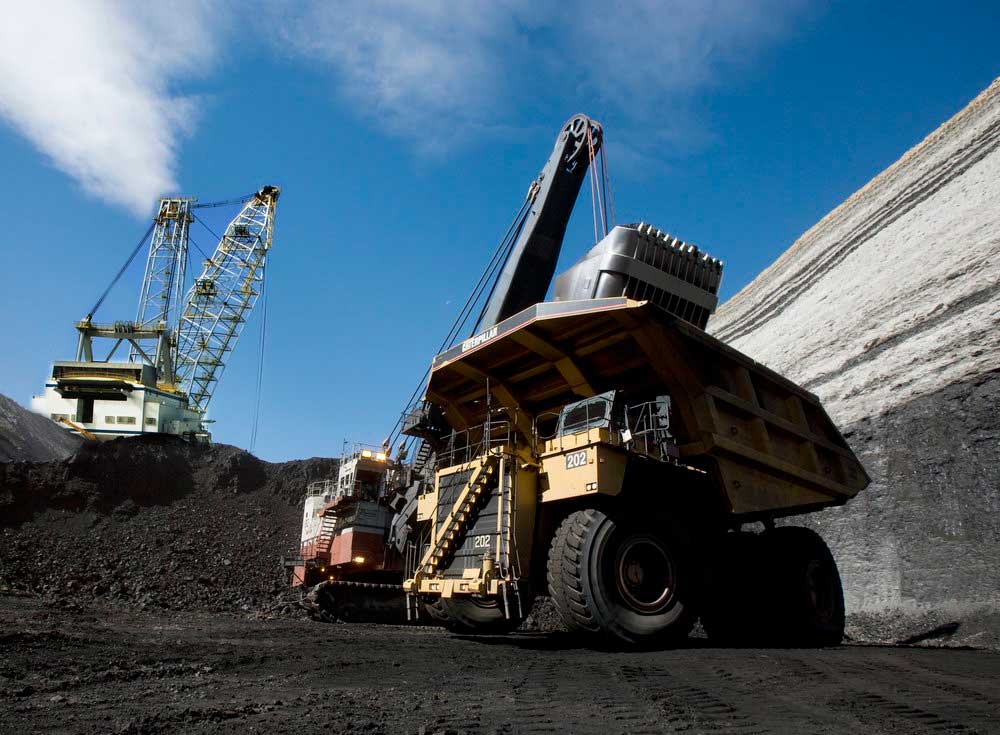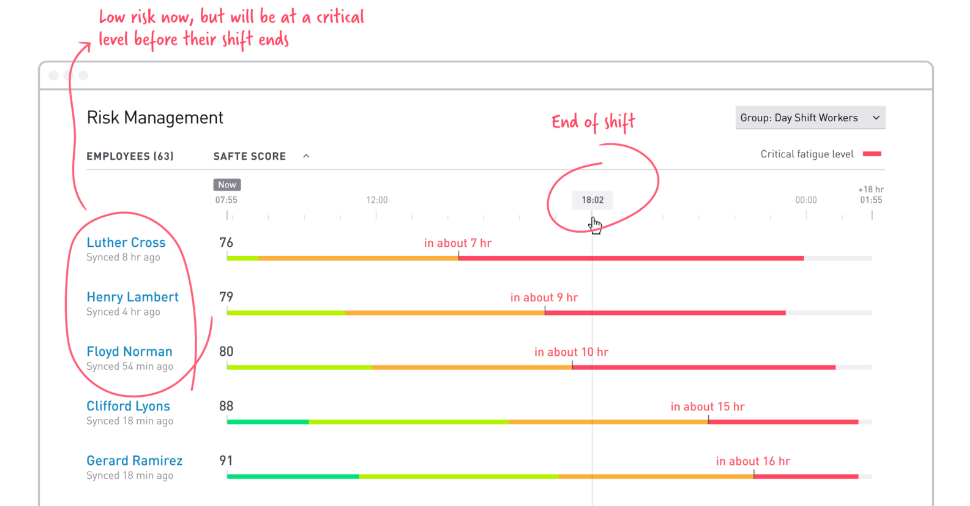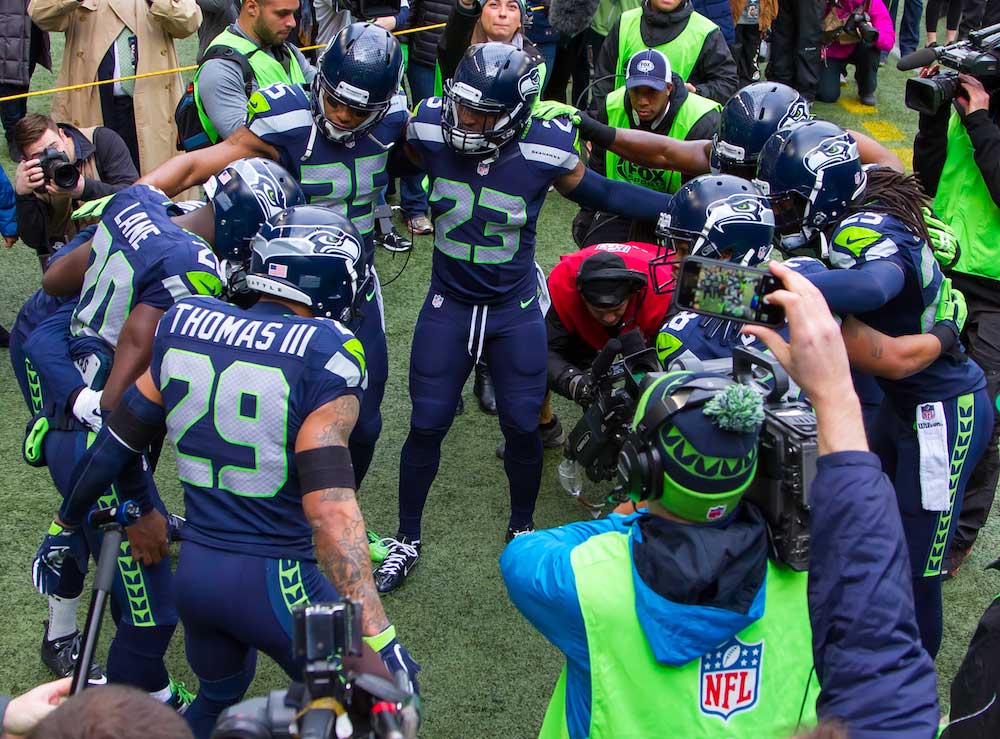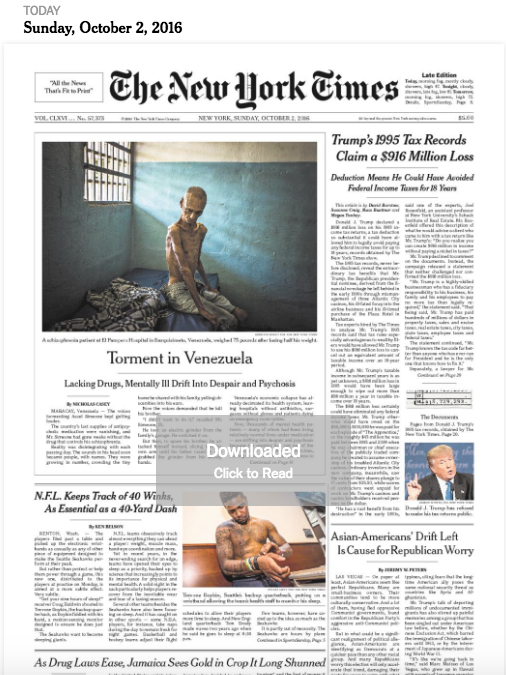When Fatigue Science signed its first contract with a professional sports team in 2008-2009, understanding of wearable technology was in its infancy. And the idea that sleep was a key factor in professional sports was just starting to surface. Now the use of wearable tech is exploding across professional sports and well beyond. And sleep? Sleep is widely recognized as amongst the most important factors in elite human performance.
Fatigue Science’s early combination of scientifically validated sleep monitoring and wearable technology is not only continuing to push what is possible for professional athletes. Now it can predict fatigue across large industrial workforces. And that, could save lives.
“Our first NFL engagement, for example, was with the Seattle Seahawks,” says Fatigue Science CEO Sean Kerklaan. “At that point, capturing meaningful, accurate sleep and fatigue data on ten professional football players using wearable technology was difficult, to say the least. But we’ve come a long, long way and that early experience is translating into innovation.“

Those early learnings came from joining professional sports teams like the Seahawks, the NBA’s Dallas Mavericks, the NHL’s Vancouver Canucks and the MLB’s Seattle Mariners. Fatigue Science travelled across North America for practices and training seminars, going to great lengths to analyze individual player’s sleep data, model travel and time zone impacts on performance and most importantly, to develop deep relationships with the people impacted by fatigue and its consequences.
However, large scale deployments remained a challenge because the technology, while exceptionally accurate, used to involve much more manual work. Many obstacles, solutions, friendships and a couple of Super Bowl appearances later, and Fatigue Science has refined a winning system; a much more automated, predictive one that promises to lead the future of wearable technology’s use for both professional teams and large industrial workforces in areas like mining and transportation.
“As we get set to launch a new version of our platform, I can say those early difficulties were definitely worth the effort,” says Kerklaan. “Deep engagements, shared determination and curiosity, working collaboratively through pain points with our clients, that’s the backbone of our business model. People remain our focus, even in the emerging tech sector, and always will. That’s why we continue to be so successful.
“The latest update to our product means we’ll not only be capable of serving our professional sports clients more effectively, but that we’re able to move into much larger engagements. And most important, we’re capable of predicting and preventing fatigue-related accidents in the industrial workplace, which is an enormous, often tragic issue.”

In the US alone, 100,000 crashes are the direct result of driver fatigue each year, resulting in an estimated 1,550 deaths, 71,000 injuries, and a cost of $12.5 billion. The Sleep, Activity, Fatigue, Effectiveness (SAFTE) model, licensed exclusively to Fatigue Science is scientifically validated and considered the most reliable predictor of fatigue by the US Department of Defense.

Advances in the Fatigue Science platform now allow exponentially more data to be gathered and processed. Fatigue Science can then provide predictive SAFTE scores for at-risk workforces in the thousands. These scores then prompt difference making decisions about fatigue impairment and danger at a glance, on a personal or company-wide mobile dashboard. And this, says Kerklaan, benefits elite teams in every industry.
“We continue to work closely with professional sports teams to improve elite human performance,” says Kerklaan. “Now we’re also helping organizations champion improved health and safety by quantifying something that has never been quantifiable. Something that happens to be among the most important indicators of industry’s biggest safety dangers: Fatigue.”
As the Fatigue Science platform continues to evolve and grow in order to serve larger, more complex organizations, so too does the company.
Recent changes to the Fatigue Science Board of Directors include the addition of Laurie Wallace as Chairman (Chairman of the Board, QuickMobile) and Dan Eisenhardt (Founder & CEO of Recon Instruments, GM of Intel New Devices Group). Both have been instrumental in helping guide the company through Series A financing, which is expected to complete shortly.
“We couldn’t dream of a better board than the one we have in place,” says Kerklaan. “Fatigue Science is well positioned and ready to lead further innovation in the wearable technology sector.”
Interested in learning more about data-driven fatigue management?




